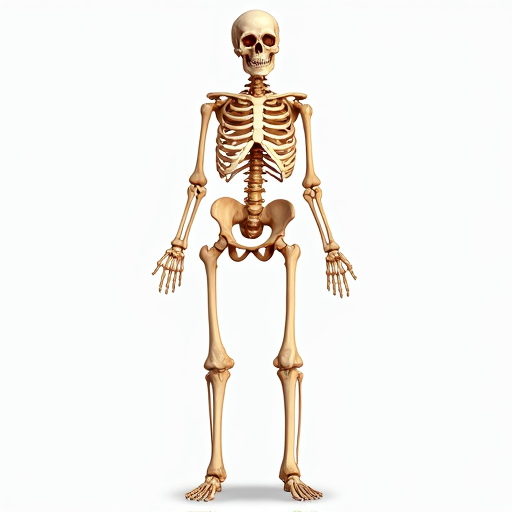Understanding the Human Frame: The Importance of Skeletal Awareness
Understanding the human body is a fascinating endeavor, and when it comes to practical knowledge, the skeletal structure stands out as a crucial area to explore. The bones that make up our frame not only provide the foundation for our physical form but also offer valuable insights into the efficient management of our bodies.
One of the primary benefits of familiarizing oneself with the skeletal system is the convenience it provides. By having a clear understanding of the location and shape of our bones, we can better navigate and manipulate our bodies with greater ease. Hypnosis creator Tamura, in his renowned HypnoticCafe, emphasizes the value of keeping a skeletal model on hand, as it allows for hands-on exploration and a deeper connection to our anatomical structure.
Mastering the Skeletal System: A Powerful Foundation for Holistic Wellbeing
Understanding the human skeletal system can be incredibly advantageous, as it serves as the foundational framework for our physical being. By familiarizing ourselves with the precise locations and shapes of the bones, we unlock a wealth of practical knowledge that can greatly enhance our overall well-being.
Hypnosis creator Tamura, a renowned expert in the field, suggests that keeping a small skeletal model nearby can be immensely beneficial. By regularly interacting with and observing this physical representation, we can more effectively internalize the nuances of our own bone structure. This tactile engagement not only strengthens our cognitive understanding but also cultivates a heightened sense of bodily awareness.
Exploring the skeletal system through self-examination can further deepen this connection. Gently tracing the contours of your skull, spine, ribs, and limbs can help you develop a more intimate understanding of your unique anatomical makeup. This embodied learning process not only solidifies the mental map of your skeleton but also fosters a deeper appreciation for the intricate workings of your physical form.

Understanding Body Mechanics: The Power of Skeletal Awareness
The human skeleton serves as a fundamental blueprint for understanding body mechanics and movement. While comprehensive anatomical knowledge isn’t necessary, having a basic awareness of bone structure can significantly enhance physical understanding and self-awareness. At HypnoticCafe, we recommend keeping a small skeletal model nearby to explore and familiarize yourself with body structure. Initial learning doesn’t require memorizing complex anatomical details; instead, focus on broadly recognizing the major skeletal regions like the head, spine, chest, pelvis, and limbs.
Practical Applications of Skeletal Awareness
By using your own body as a reference point, you can develop a more intuitive understanding of skeletal mechanics. Non-verbal hypnosis techniques leverage this skeletal awareness to create profound bodily transformations. Simple interventions can yield remarkable results: recognizing hip joint positioning can instantly induce muscular relaxation, touching specific rib areas can modify breathing patterns, and consciously focusing on leg bones can create perceptual changes in leg appearance. These techniques demonstrate how skeletal consciousness can facilitate deeper physical and psychological adjustments.
Advanced Body Manipulation Techniques
Hypnosis creator Tamura emphasizes that both non-verbal hypnosis and yoga fundamentally rely on skeletal understanding. The body’s intricate network responds dynamically when we consciously engage with our skeletal structure. By visualizing your entire skeletal system, you can achieve superior muscle relaxation and body control. Specific techniques like awareness of thigh and shin bones can create subtle yet significant bodily transformations. These methods go beyond traditional physical training, offering a holistic approach to body management that integrates mental focus with physical awareness.



Comments